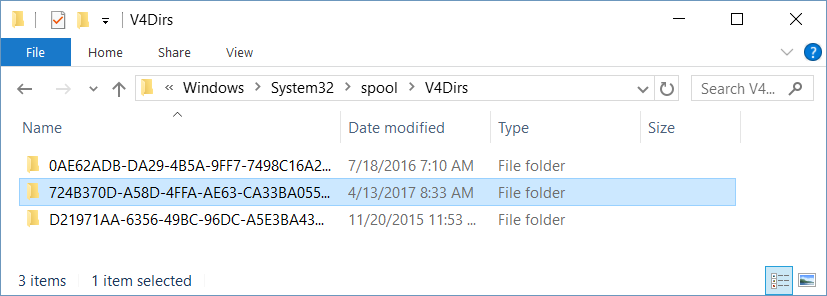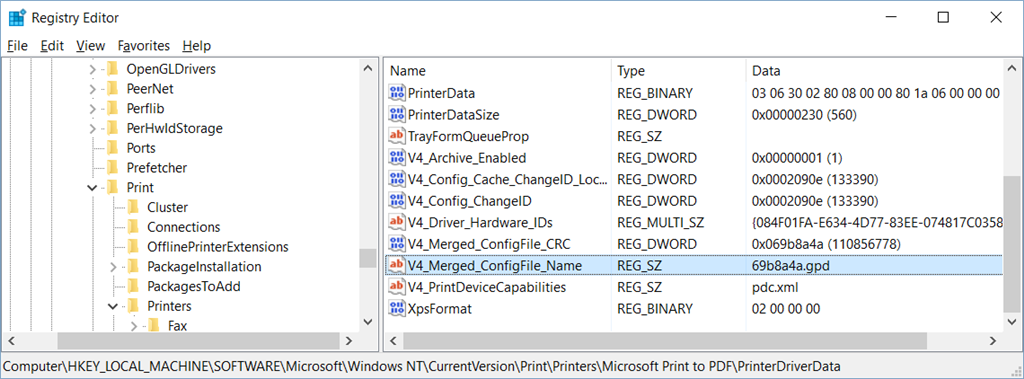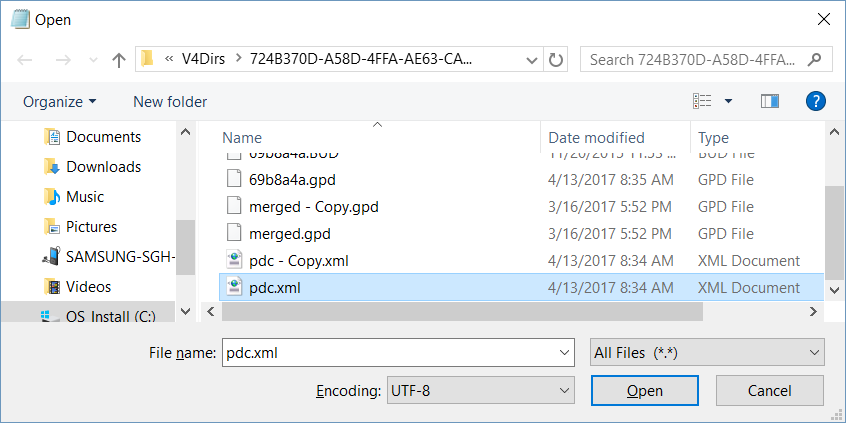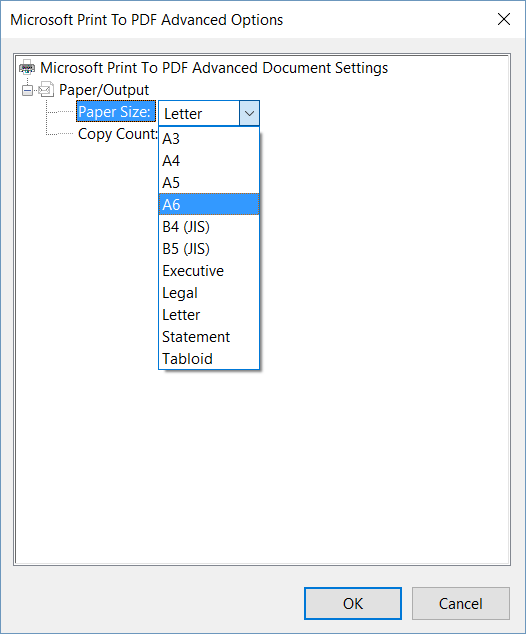Hello,
I am using Windows 10 and would like to be able to use Print to PDF to create a file with custom dimensions (i.e. one that can matches my Surface Pro screen dimensions). Is it possible to add custom paper sizes, as I can do with the XPS Printer?
Thanks,
Mike










